Learning to grow Brussels sprouts
It is difficult to imagine a typical vegetable garden without vegetable beds. Potatoes, carrots, beets, cucumbers, tomatoes, pumpkins are frequent guests on the plots, but the cultivation of Brussels sprouts is not popular among summer residents, and in vain. This culture is surprisingly unpretentious. Its only drawback is the long growing season, due to which it is necessary to breed it exclusively by seedling in most areas. Many gardeners mistakenly believe that it is almost impossible to achieve high yields from Brussels sprouts. In fact, this is not so: competent care and properly prepared soil will allow you to collect many useful heads of cabbage.
Sowing seeds for seedlings
From the emergence of seedlings to full maturation of Brussels sprouts, depending on the variety of culture, among which there are early ripening, mid-ripening and late-ripening, it takes 130-180 days. The technology for obtaining its seedlings is simple. Most summer residents will find her familiar. In order for the seedlings to be healthy and strong, the seeds are treated before sowing in the ground. Their preparation consists of several stages:
- First, dry seeds are placed in a container with hot water (50 ° C), where they are kept for 15 minutes.
- Then they should lie down in cold water for 1 minute.
- Further, the planting material needs to be kept in a solution of trace elements for 12 hours.
- After washing the seeds with clean water, they are placed in the refrigerator for a day.
- The final stage of preparation for sowing is drying. It is carried out to make planting easier - wet seeds will stick to the fingers.
The optimal time for sowing Brussels sprouts for seedlings is early April. The containers are filled with a nutrient substrate of turf soil, sand and peat mixed in equal amounts. It is not recommended to use soil from the garden and humus: they may contain the pathogen of the black leg. Sow cabbage into the soil previously spilled with potassium permanganate solution (for disinfection). The optimal distance between the seeds in the container is 3-4 cm. They do not need deep planting, it is enough to dig them in by 2 cm. Glazed balconies or loggias, heated greenhouses or room conditions are suitable for keeping containers with future seedlings.
In order for the seeds to germinate faster and develop well, they need a certain temperature regime. During the day, the air in the room should warm up to 16-18 ° C. At night, the most comfortable temperature for future seedlings is within the range of 5-6 ° C. Containers should be well lit, but direct sunlight should not be allowed to fall on delicate shoots. High air humidity is important for seedlings (at least 70%).
Early germination is characteristic of Brussels sprouts: 4-6 days and its sprouts will hatch through the soil. They will not need special care. When one full-fledged leaf is formed at the seedlings, it is time to pick them into separate cups. In 45-60 days after germination (in the first days of summer), the seedlings can be placed in open ground. By this time, 5-6 leaves appear on them.
Site preparation and landing scheme
You need to plant this cabbage in open sunny areas. The slightest lack of light leads to the fact that the formation of ovaries is delayed, and the yield of the plant is significantly reduced. Saplings develop best on the southern and southeastern slopes. The composition of the soil for culture is not fundamental; it grows quite successfully even on poor lands. Neutral or slightly acidic soils are ideal for her.
The main secret of getting a good harvest of Brussels sprouts in the open field is to provide the plant with the correct temperature regime. It easily tolerates frosts down to -10 ° C, but the heat has a bad effect on it. In order for the ovaries to actively form and grow, the air must warm up to 18-20 ° C. And at temperatures above 25 ° C, these processes slow down or stop altogether. Competent planting care is no less important.
The beds for Brussels sprouts are abundantly fertilized with organic compounds. At least 2 hours before planting seedlings in open ground, the soil in the container is watered abundantly. They will need a lot of space for full development. 60 cm of free space is left between young cabbage on each side. They need to be planted deep enough. The stem of the seedling should be covered with soil until the first full leaves. In order for Brussels sprouts to quickly take root in a new place, after planting it is carefully shaded, leaving a shelter from the sun for 2-3 days.
Features of agricultural technology
Caring for the crop in the garden will not take a lot of time and effort. The plant is moisture-loving, so the beds are watered at least once every 2-3 days, but in moderation. The soil should not dry out for a long time. For watering, you need to use clean cold water. After moistening the soil, it is thoroughly loosened to a depth of 8 cm.The procedure is carried out at least once every 7 days.
Brussels sprouts respond well to organic fertilizers. It is better to bring them to the site where the culture is planned to be planted in the spring. For 1 m² of surface, 1 bucket of nutrient composition is required.
Additionally, 3 components are poured into the hole for each seedling:
- superphosphate (2 tbsp. l);
- wood ash (2 glasses);
- urea (1 tsp).
Advice
After placing the plants in the ground, they must be fertilized with liquid mullein. The procedure is carried out 20 days after planting them in the beds.
Care in the form of foliar dressing is necessary for Brussels sprouts even at the seedling stage. When the sprouts have 2 full leaves each, they are fertilized for the first time. The nutritional composition is prepared from water (1 l) and ½ tablet of microelements. You can also use a liquid complex fertilizer containing microelements in a dosage of ½ tsp. Seedlings are sprayed with the prepared composition.
The second time, seedlings of Brussels sprouts are fed when they begin to harden it. Stir 1 tbsp in 10 liters of water. l of urea and the same amount of potassium sulfate. For each seedling spend 1 glass of the composition. Professionals advise sprinkling Brussels sprouts and the ground underneath with wood ash. Such care will saturate the plants with potassium and phosphorus and help protect them from pests. Fertilizer is consumed at the rate of 1 glass per 1 m² of surface.
Growing tips
In the garden, seedlings of Brussels sprouts are best placed in areas where they grew last year:
- potatoes;
- onion;
- carrot;
- cucumbers;
- legumes and cereals.
After most root crops (beets, turnips, radishes, radishes) and tomatoes, seedlings will develop poorly. You cannot grow cabbage in the same place. You can plant it on the same site no earlier than after 4 years. Brussels sprouts are characterized by slow growth, and take up a lot of space in the garden. To make its cultivation more expedient, the soil between the rows with seedlings can be occupied by early ripening vegetables - cucumbers or tomatoes.
In the last decade of August or in the first days of September, you need to break off the tops of the stems of Brussels sprouts. Then the plant will cease to stretch upward, and all its forces will be directed to the development of the ovaries. It will give the signal for the procedure itself. If its lower heads of cabbage have become a little larger than a pea in size, it's time to break off the stem.
Harvesting is usually done at the end of September. But by this time, the Brussels sprouts ovary may not yet be formed or develop to the desired size. In this case, the plants are left in the beds.They can withstand autumn frosts with ease and can be in gardens until November. An interesting feature of the culture is the ability to grow. When the time comes for harvesting, the cabbage is carefully dug out, being careful not to damage its underground part and the stem. They store it in a basement or in a greenhouse, covering the roots with moist soil. The plant can remain in this state for another 2 months, during which nutrients from its stem and leaves will enter the heads of cabbage, increasing their weight.
Brussels sprouts are an unusual and beautiful plant. Its small heads of cabbage contain a whole storehouse of useful substances, and in terms of the amount of phosphorus, iron, magnesium and potassium, they beat records among all the vegetables that summer residents grow in their gardens. Due to the amazing simplicity of this cabbage, it is successfully grown almost everywhere: in the southern regions, regions of the middle belt, in the Urals and in Siberia.
The culture is distinguished by its high yield. Competent care and providing suitable conditions for her will lead to the fact that each copy will bring up to 70 healthy and nutritious heads of cabbage. Growing Brussels sprouts is a pleasure. Try it and see for yourself!
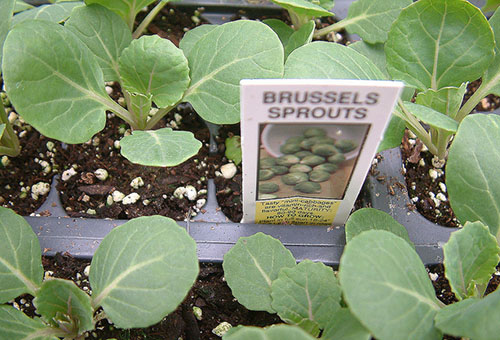

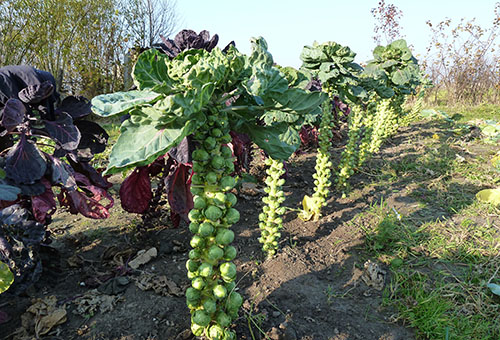
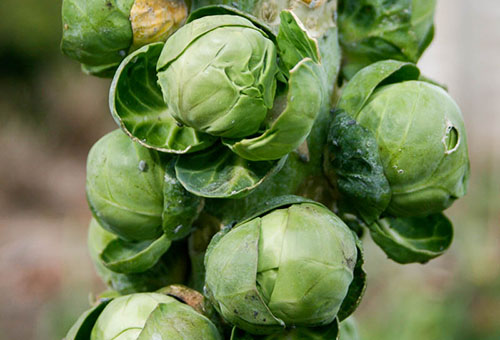

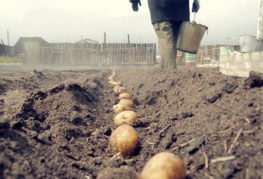
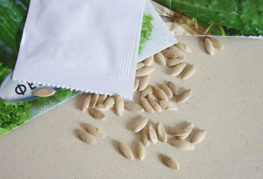
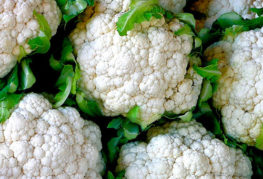
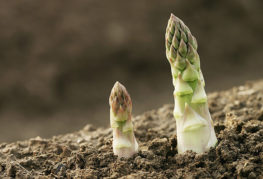
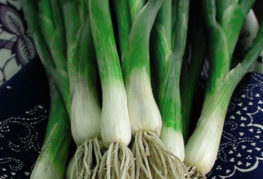

and will be published shortly.